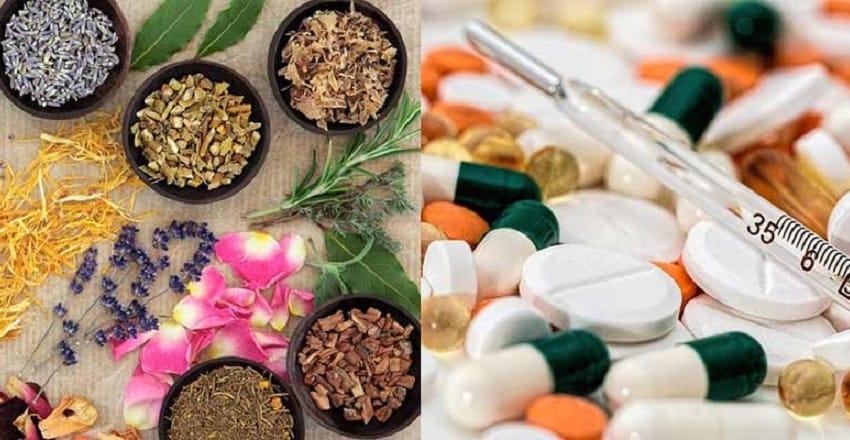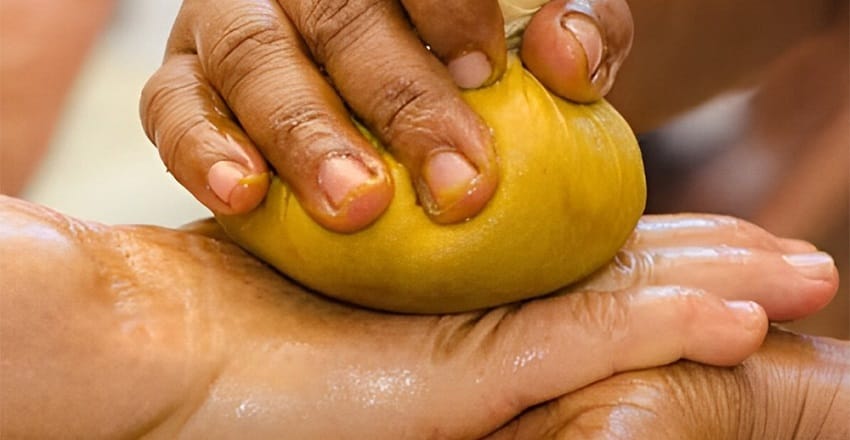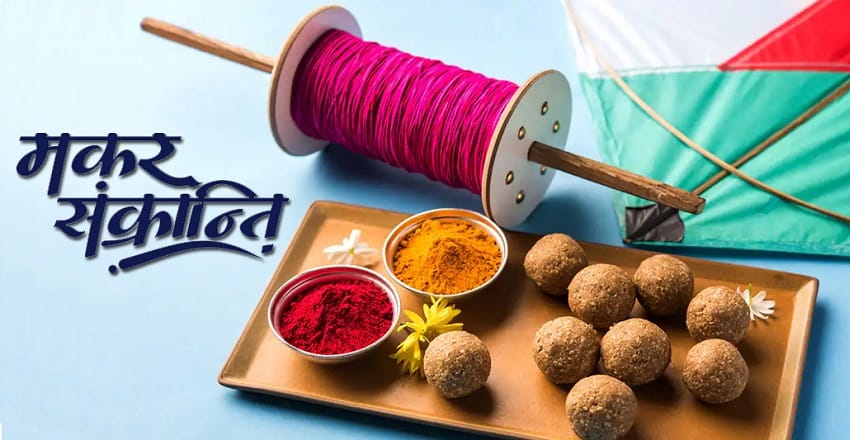I sat across from Dr. Rajiv Mehta, a seasoned allopathic doctor in his late 50s. His exhaustion was evident, but so was his concern. My mother is 85, frail, and battling a stubborn UTI. We have tried multiple antibiotics, but the infection keeps coming back. Her digestion is also weak due to prolonged antacid use. I dont know what else to do, he admitted, rubbing his temples. I listened intently, recognizing a familiar pattern the cycle of antibiotics weakening digestion, disturbing gut flora, and suppressing symptoms rather than addressing the root cause. Leaning forward, I asked gently, Dr Mehta, would you be open to integrating Ayurveda? It can help rebuild her immunity, purify her blood, and strengthen her urinary system. He hesitated. Decades of practicing modern medicine had shaped his beliefs, but his mother’s suffering made him question its limitations. Finally, he said, Tell me how. The Ayurvedic Approach to UTI Recovery 1. Gokshuradi Kwath: Strengthening the Urinary System Gokshura… Continue reading A Meeting of Two Worlds: Ayurveda and Allopathy in Healing UTI












